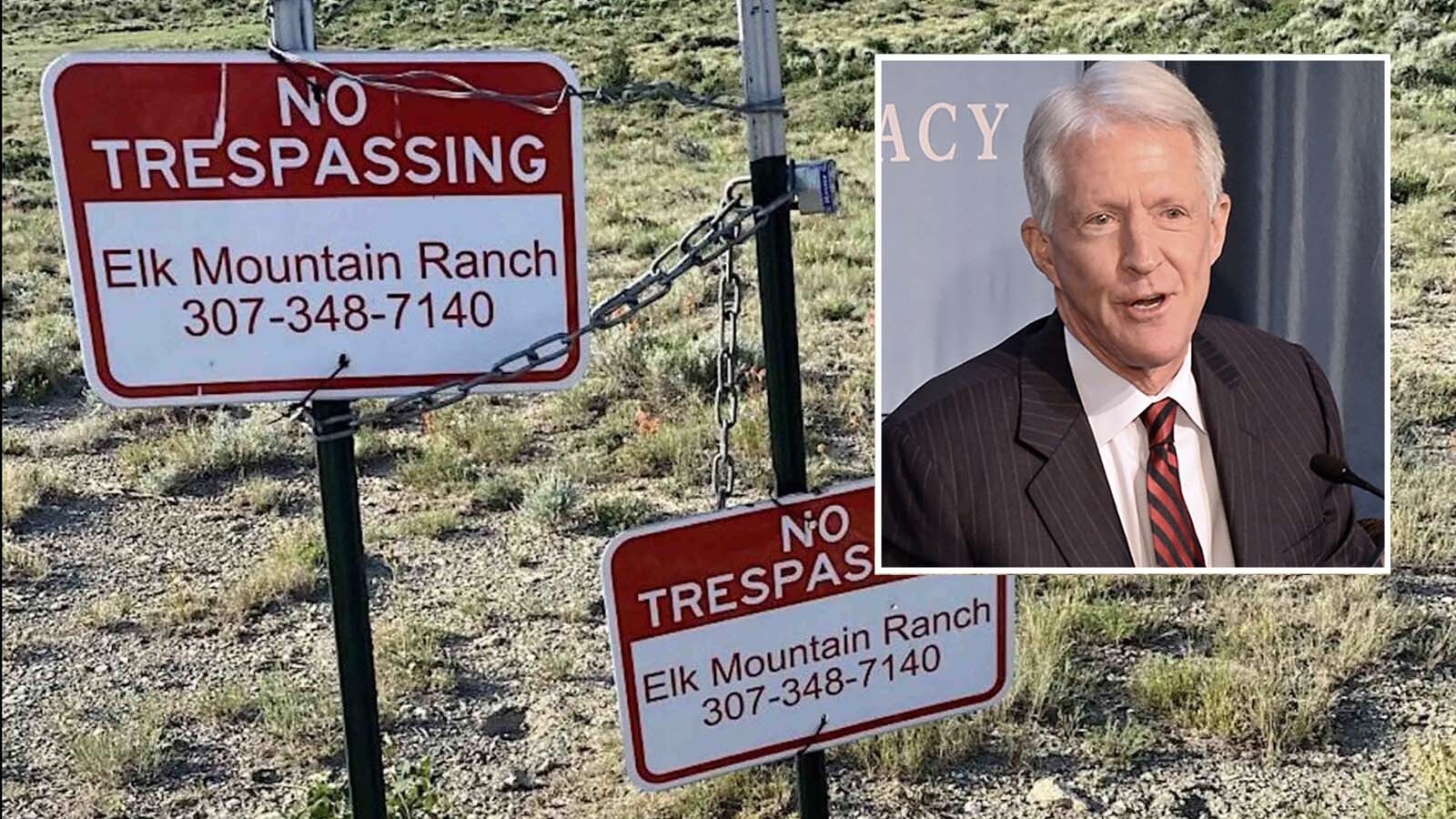A grizzly that attacked and mauled a Massachusetts man in Grand Teton National Park on Sunday was likely a mother bear defending her cub, although the bear probably was not Grizzly 399.
A bear expert also told Cowboy State Daily that although to his knowledge there aren’t any documented cases of two or more grizzlies attacking somebody at once, it’s not completely impossible.
Initial reports of the first verified mauling of the season on Sunday in the Signal Mountain area of Grand Teton stated that two grizzlies were involved.
Teton spokesman Jeremy Barnum told Cowboy State Daily on Tuesday that according to an ongoing investigation of the incident, it was a mother bear and cub.
“Based on a second interview with the injured visitor and our site investigation, we believe it is likely that he unexpectedly surprised a sow (female) grizzly bear and at least one cub, which led to the attack,” he said.
The National Park Service hasn’t released the name of the man, 35, who is expected to fully recover from injuries that put him in St. John’s Hospital in Jackson.
It Wasn’t 399
The mother bear involved was almost certainly not Wyoming’s most famous wild critter, Grizzly 399, renowned wildlife photographer Tom Mangelsen told Cowboy State Daily.
Mangelson has been following Grizzly 399 for nearly 20 years and his work was the basis for the recent documentary film “Grizzly 399: Queen of the Tetons.”
The film features an interview with a man who many years ago stumbled upon Grizzly 399 and her three cubs feeding on an elk carcass. He suffered some bite wounds from 399, including a bite to his buttocks.
But Grizzly 399 hasn’t had any reported tangles with humans since then. She was apparently “6 or 7 miles” away from the reported attack site, Mangelson said.

Bears Team Up Sometimes
Retired federal ecologist and seasoned grizzly county adventurer Chuck Neal of Cody told Cowboy State Daily that to his knowledge, there’s never been a verified instance of two or more grizzlies attacking a person at once.
However, “never say never,” he added, noting that grizzlies are highly intelligent and adaptable to different situations.
So, while bear attacks overall are rare, and an attack by more than one at a time is practically unheard of, it’s not impossible, he said.
Grizzlies live in solitude much of the time, but are sometimes known to team up, Neal said. Two mother grizzlies and their cubs also might join forces for brief periods.
And subadult sibling bears “who have just been cut loose by their mama” (usually around age 2) will sometimes hang out together for a year or so, Neal added.
Large numbers of bears might also congregate around a food source, such as a salmon run, Neal said. Or, when people are irresponsible, at garbage dumps.
In such situations, grizzlies will establish “a pecking order” among themselves.
‘They Had To Fight’
Even in those situations, people are safe so long as they keep their distance, Neal said. Grizzly attacks are overwhelmingly triggered by people surprising bears at a short distance.
Grizzlies, particularly momma bears, are apt to fight in such circumstances because of how the species evolved, Neal said.
Grizzlies evolved from brown bears on the wide-open steppes of Eurasia, where there was very little cover and no trees for cubs to climb when threatened.
“They had to fight to protect their young,” he said. “And they still have that hardwired into their DNA.”
Mark Heinz can be reached at mark@cowboystatedaily.com.





